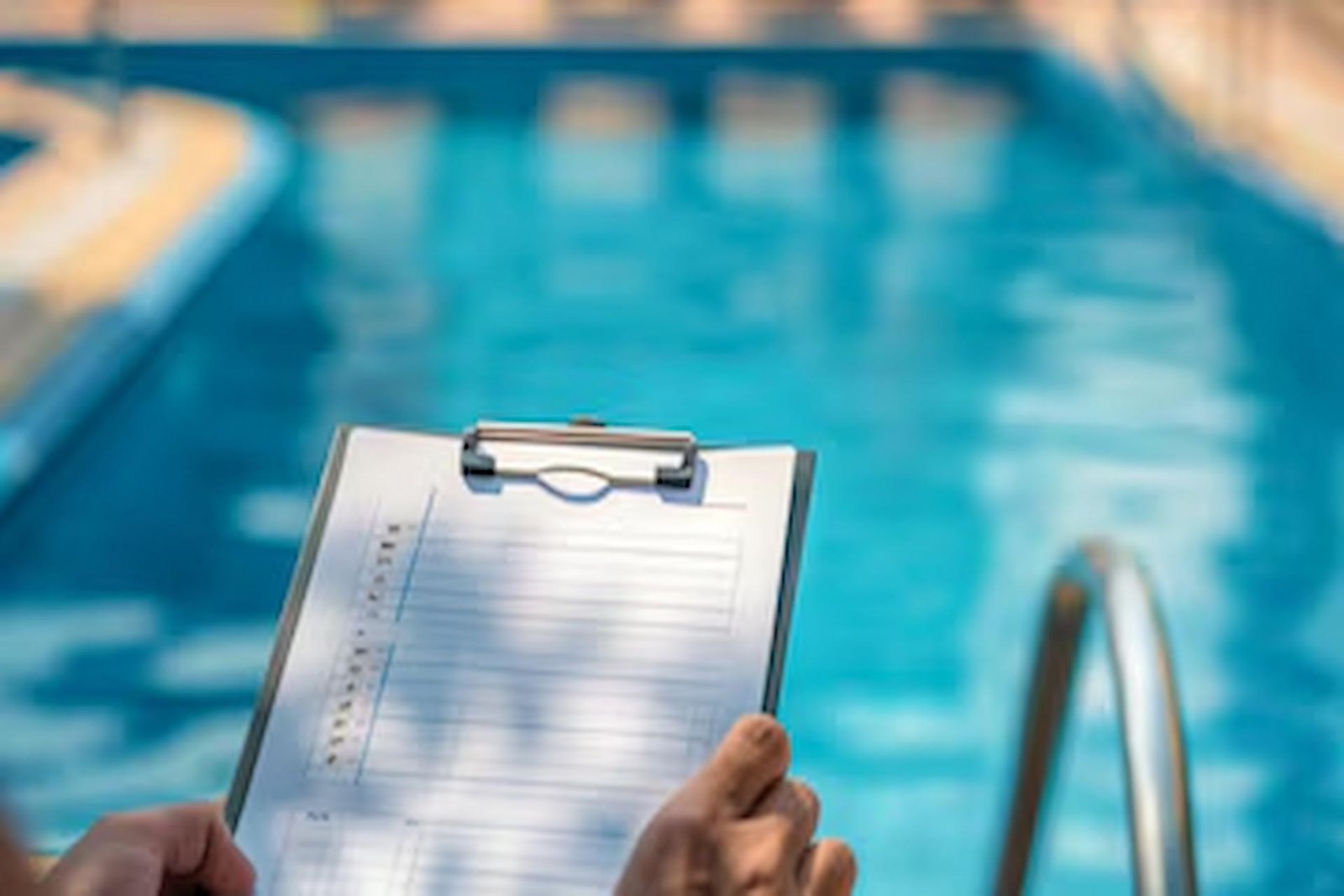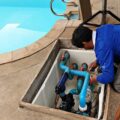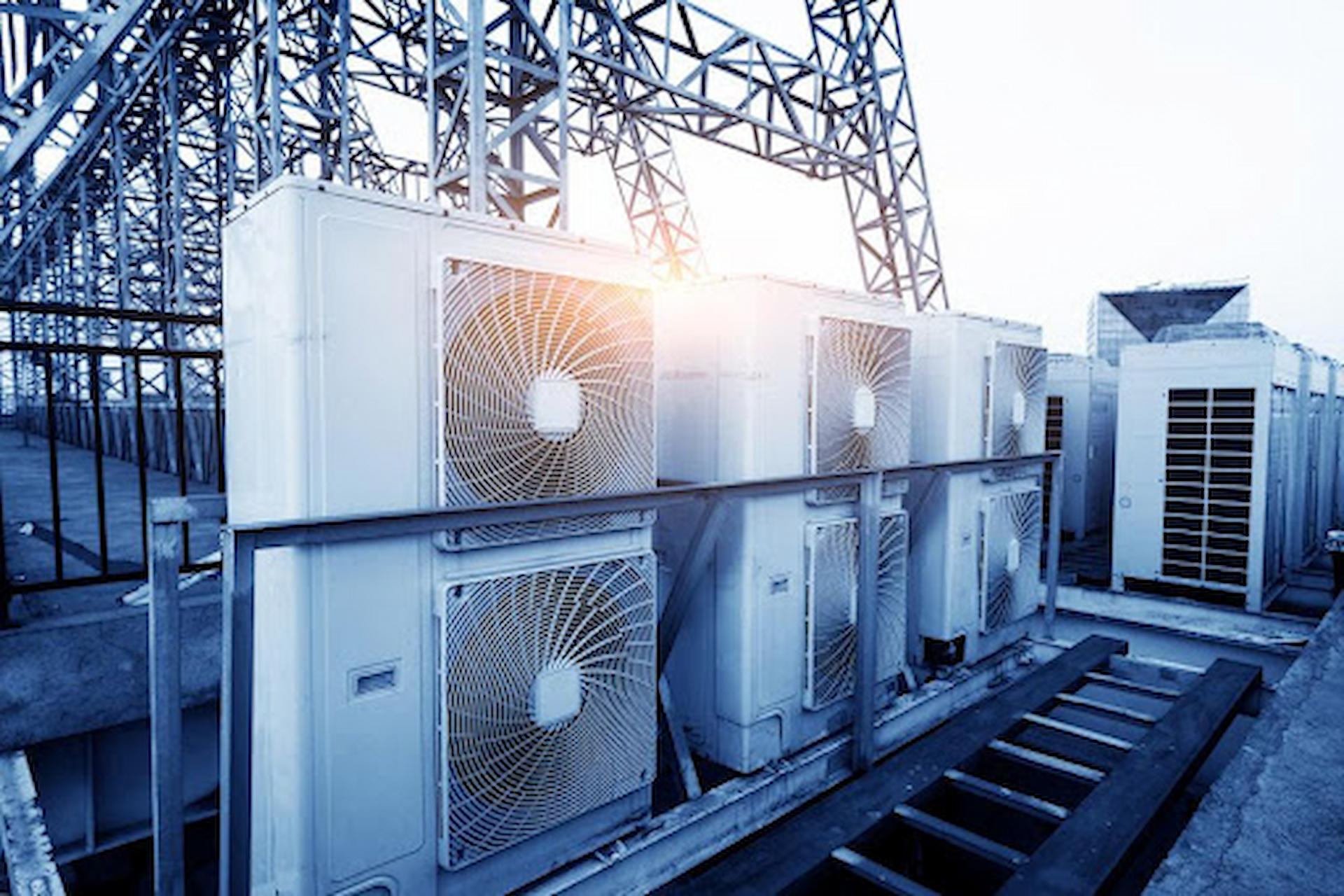Your pool is a place to relax and unwind. But if the edges aren’t done right, the whole area can feel off. Many pool owners make the same mistakes during installation or maintenance. These errors not only affect the appearance but also compromise safety and increase costs down the road. Here’s a guide to the most common pool edging mistakes—and how to avoid them.
Using Weak or Cracked Concrete Pool Edging
One of the biggest mistakes is choosing poor-quality concrete. It may look fine at first, but quickly shows cracks, chips, or breaks when exposed to the sun, water, and chemicals.
Why does this happen?
- Too much water in the concrete mix
- Skipping reinforcements like steel mesh
- Not giving it time to cure properly
How to avoid it:
- Use a strong, durable mix made for outdoor use
- Reinforce with metal mesh or rebar.
- Let it cure for at least a week before use.
- Apply a water-resistant sealant to protect the surface
Concrete pool edging done right adds both style and strength to your poolside.
Uneven or Sloping Edges
Edges that tilt or slope unevenly aren’t just ugly—they’re unsafe. Water can pool in the wrong places, and people can trip.
Here’s where it goes wrong:
- Not using a level when pouring
- Ignoring natural water flow
Simple solutions include:
- Always check with a level before the concrete sets
- Create a slight slope away from the pool.
- Test the drainage by spraying water to see where it flows
This small step makes a big difference in both safety and appearance.
Skipping Expansion Joints
Concrete expands and contracts with temperature changes. Without expansion joints, the edging will crack over time.
This mistake usually happens when:
- Edges are poured in one long stretch
- Joints are placed too far apart.
Here’s how to fix it:
- Insert joints every 6 to 8 feet
- Use flexible filler to handle movement.
- Refill the joints as they age to prevent moisture from entering.
Joints may seem minor, but they’re key to a long-lasting edge.
Overlooking Drainage
Water build-up can ruin the beauty of your pool area and lead to mold or algae. It’s often the result of poor drainage planning.
Where this goes wrong:
- No drainage installed during construction
- Too much reliance on surface slope
Prevent water damage with these steps:
- Install channel drains or weep holes
- Direct water away from the pool structure
- Use a water-repellent finish to keep the area dry
Good drainage protects both your investment and your health.
Messy Application of Seamless Edging
Seamless edging gives a clean, modern finish—but it’s easy to get wrong. A poorly designed application can ruin the smooth appearance.
Common issues include:
- Uneven spreading
- Visible seams or rough finishes
To get a flawless result:
- Prepare the surface carefully before application
- Use the right tools for a smooth finish.
- Work in small sections and clean as you go
Done right, seamless edging adds elegance and polish to your poolside.
Mixing Incompatible Materials
Different materials expand and contract in different ways. Pairing the wrong ones can cause gaps and cracks.
Typical mix-ups:
- Putting natural stone next to concrete without a buffer
- Using a sealant that doesn’t bond well with the edge material
What to do instead:
- Match materials with similar expansion rates
- Choose a compatible sealant.
- Use transition materials when joining different surfaces
A bit of planning keeps your edge strong and cohesive.
Rushing the Installation
Everyone wants to finish a project fast. But rushing pool edging can lead to a mess that’s expensive to fix.
What goes wrong:
- Layers don’t bond
- Surfaces look uneven
- Edging shifts over time
Slow down and do it right:
- Follow each step of the process
- Let the materials dry completely before proceeding.
- Double-check your work as you go.
Patience always pays off in terms of achieving quality results.
Skipping Maintenance
Once installed, edging still needs care. Without it, edges stain, wear down, or even crumble.
Don’t make this mistake. Instead:
- Wash the edging regularly with mild soap and water
- Reapply sealant every few years.
- Inspect for cracks or shifting at least once a season
A little effort keeps your pool looking sharp for years.
Poor Landscaping Integration
The edging should flow with the landscape. Bad transitions look awkward and create problems with roots, drainage, and appearance.
Here’s what to watch out for:
- Plant roots lifting the edge
- Drainage running into flower beds.
- Uneven transitions to grass or gravel
Better integration ideas:
- Use root barriers under plants
- Add a buffer zone, such as pebbles or pavers.
- Angle drains away from your landscape.
This ties the whole outdoor area together into a seamless design.
Not Hiring a Professional When You Should
DIY can work for some. But pool edging needs skill. When done wrong, it leads to more repairs later.
When to bring in the pros:
- For concrete pool edging involving reinforcement
- When applying high-end seamless edging finishes
- If you’re unsure about drainage, joints, or landscaping
Professionals bring the right tools, techniques, and experience.
Conclusion
Edging isn’t just a border—it’s a major part of your pool’s function and style. Mistakes can cost you time, money, and peace of mind. But by planning ahead and paying attention to detail, you can create an edge that lasts.
Key Takeaways:
- Choose durable, compatible materials
- Install with care and precision.
- Add expansion joints and proper drainage.
- Maintain edges regularly
- Don’t hesitate to call in experts.
Your pool deserves an edge that’s as flawless as the rest of your backyard escape. When done right, it elevates the entire space and keeps it safe and stylish for years to come.






